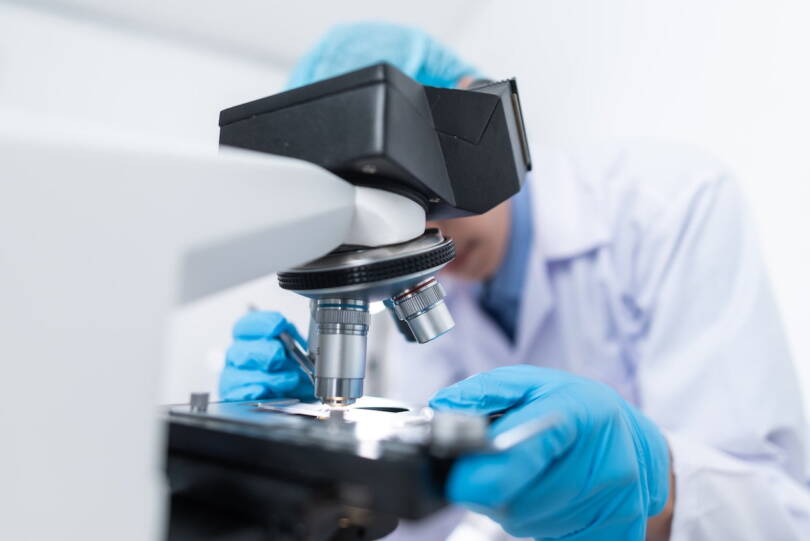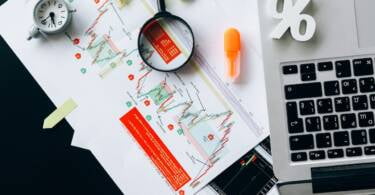A clean and tidy pharmaceutical laboratory is essential to collecting accurate results, maintaining efficiency, and ensuring you comply with regulations. To quickly achieve the high standards of cleanliness expected of a lab, state-of-the-art cleaning equipment is required.
ICE Cleaning is a specialist cleaning company that offers pharmaceutical laboratory cleaning services. Its technicians can use their strict training to deliver a comprehensive clean of your lab, from cleaning laboratory glassware and other equipment to decontaminating the lab.
Keep reading to find out more about the different types of technology used to clean pharmaceutical laboratories.
Laboratory glassware dishwashers
Lab dishwashers can quickly and thoroughly clean glassware including test tubes, beakers, and flasks. They can heat the water to very high temperatures, often contain special nozzles that shoot water into difficult-to-clean items, and rinse with purified water.
Dishwashers are also made of high-grade stainless steel so they can handle the corrosive chemicals usually left on glassware. Some come with multiple settings so they can deliver optimal results for specific pieces of equipment and what needs to be cleaned from them.
Ultrasonic cleaners
Ultrasonic cleaners transmit high frequency sound waves through a liquid which creates bubbles that remove debris, dirt, grease, and other contaminants from surfaces.
They can be used to clean a range of materials including glass, plastic, and metal, and can tackle lots of different types of contaminants and bacteria.
There are plenty of ultrasonic cleaners to choose from depending on the piece equipment that needs to be cleaned and the substance on it. They can also be adjusted for light and heavy loads.
Autoclaves
These are heated containers that use high pressure saturated steam to kill microbial life and sterilise equipment, instruments, and supplies. Certain substances are not compatible with autoclaves, like bleach, acids, chlorides, polyethylene, polystyrene, and sulphates.
Autoclaves are considered the most widely used and dependable method of sterilisation. Some equipment will take longer to be sterilised depending on what material it is made of, if it’s wrapped, and the type of autoclave being used.
Gamma irradiation sterilisation
Cobalt-60 radiation can effectively sterilise equipment and pharmaceuticals without creating a rise in temperature, leaving behind a residue, or requiring quarantine after processing.
It is safe and reliable, and can kill microorganisms on a lots of types of equipment including pipettes, centrifuge tools, and test tubes.
ICE Cleaning’s technicians have experience using a wide array of state-of-the-art laboratory cleaning equipment. They have already provided pharmaceutical cleaning services for a number of pharma and medical supply companies, and are available nationwide, round the clock.
You can find out more about ICE Cleaning’s specialist cleaning services on its website.









